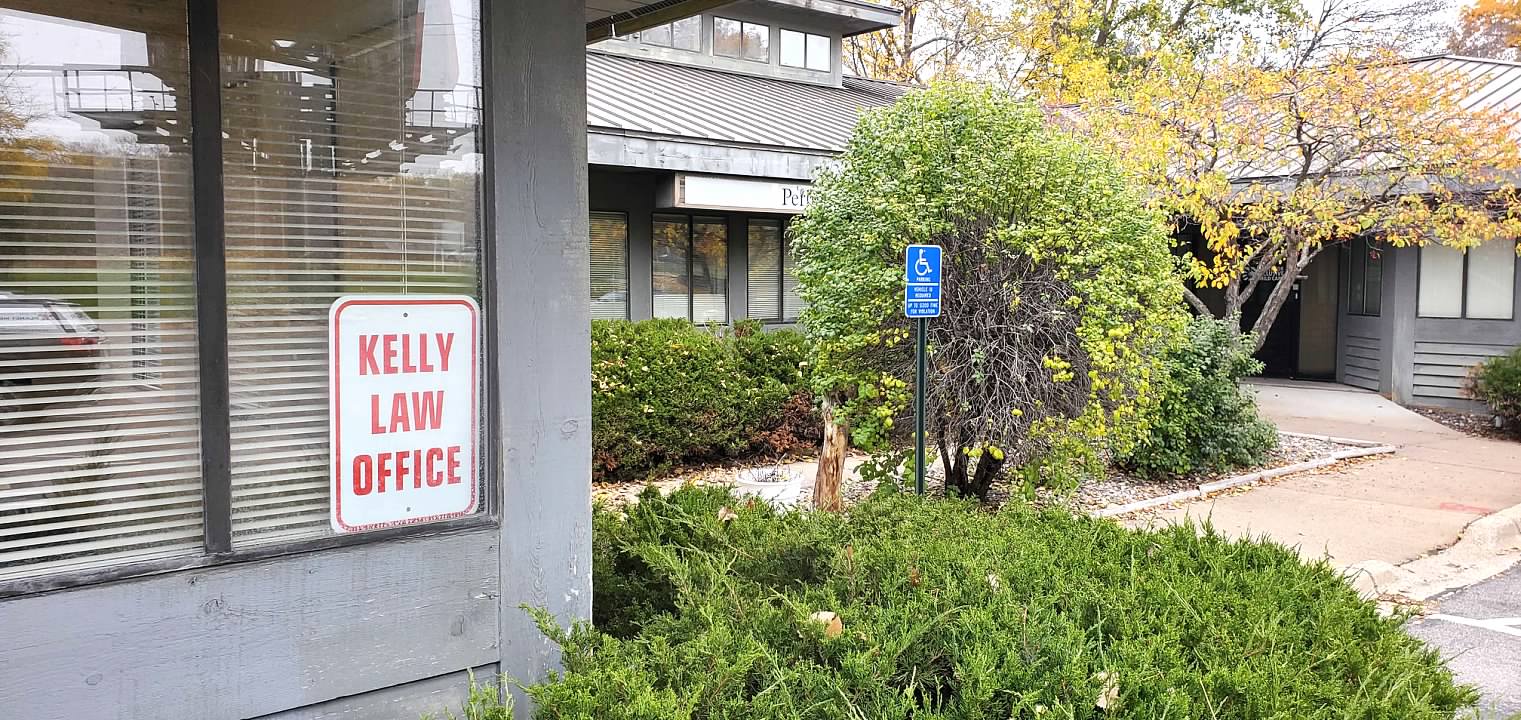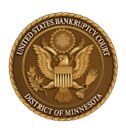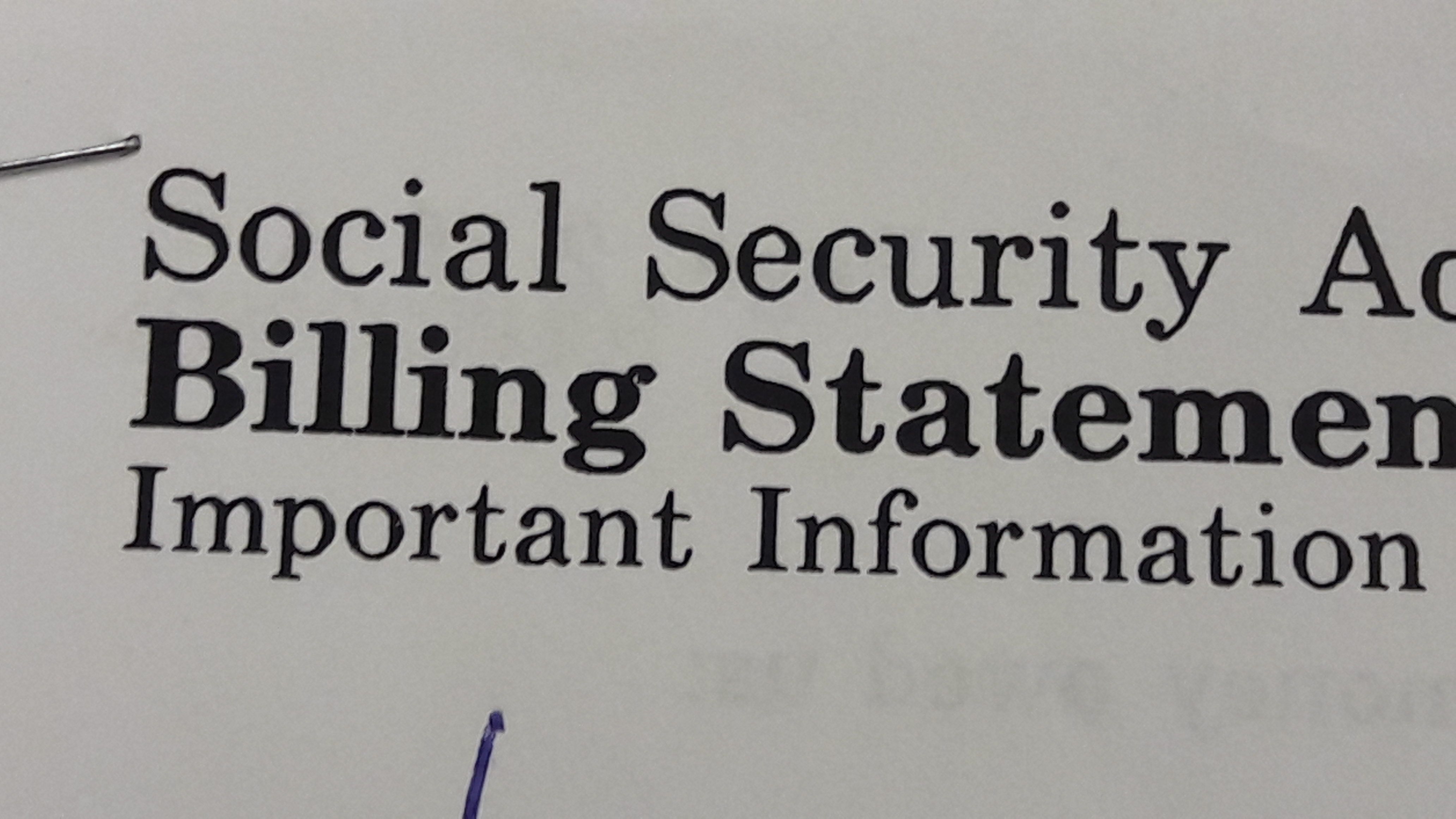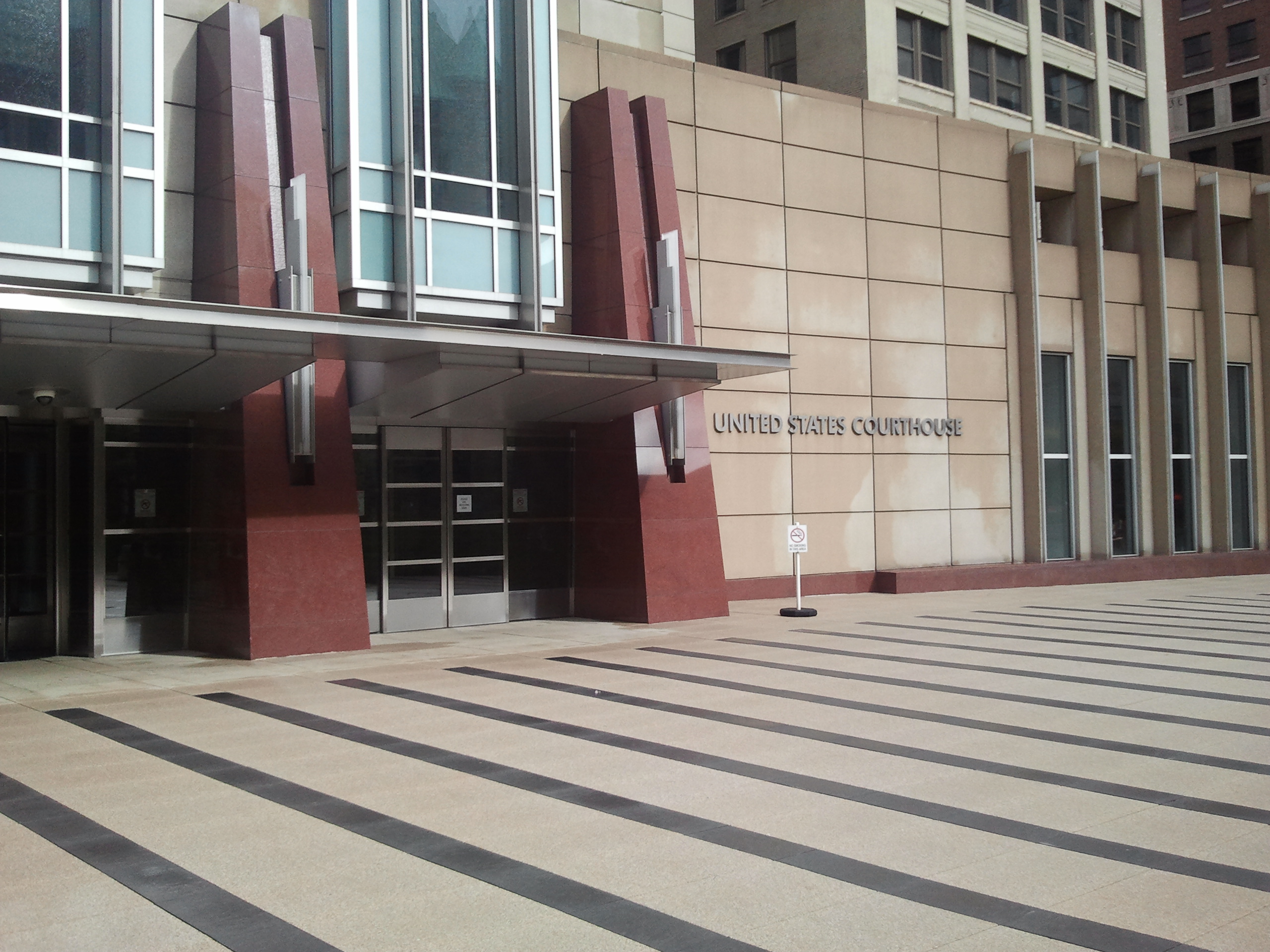By David J. Kelly, Minnesota Bankruptcy Attorney
I have not been keeping track but it seems to me that somewhere around 20% of the people who call me are behind in filing their tax returns. I’m not talking about filing for an extension first and then filing the return by the extended deadline. I’m talking about not filing anything at all. The usual reason for not filing a required return is that the tax return showed that they owed taxes and they lacked the money to pay the taxes. I do not claim to be a tax expert, but I can tell you that it is almost always better to file your tax returns on time even if you don’t have the money to pay the tax. If you don’t file the return, you still owe the tax. Not filing doesn’t make the tax debt go away. It just delays the inevitable and possibly gets you in trouble. There can be late filing penalties as well as late payment penalties. Filing on time at least avoids the late filing penalties.
I have learned that it is a really bad idea to file any kind of a bankruptcy if my client’s tax filings are not up to date first. In a bankruptcy petition we are required to provide a summary of income for three calendar years. I usually just take that information off my client’s tax returns. We are required to list all your debts and all your assets. If you have a refund coming, that’s an asset. If you owe taxes, that’s a debt. It is nearly impossible to properly list your debts and assets without having all required tax returns completed and filed first. Without the tax returns the basic information required about assets and debts is incomplete.
It is usually fairly easy to set up payment plans for back taxes owed with the IRS and the Minnesota Department of Revenue. Just pick up the phone and call them. You will probably find them very easy to work with. And if we are having trouble showing that you are broke enough to qualify for a Chapter 7 bankruptcy, the payment plans with the IRS and the Department of Revenue make very handy items to add to your monthly budget. To qualify for Chapter 7 it is best if your money is all gone by the end of the month. If you have a little left over at the end of the month, you probably won’t after you set up your payment plans.















